<< Our Photo Pages >> Achmore - Stone Circle in Scotland in Isle of Lewis
Submitted by pab on Tuesday, 29 March 2022 Page Views: 23556
Neolithic and Bronze AgeSite Name: Achmore Alternative Name: Acha MorCountry: Scotland
NOTE: This site is 0.576 km away from the location you searched for.
County: Isle of Lewis Type: Stone Circle
Nearest Town: Stornoway Nearest Village: Achamore
Map Ref: NB31742926 Landranger Map Number: 8
Latitude: 58.170405N Longitude: 6.56376W
Condition:
| 5 | Perfect |
| 4 | Almost Perfect |
| 3 | Reasonable but with some damage |
| 2 | Ruined but still recognisable as an ancient site |
| 1 | Pretty much destroyed, possibly visible as crop marks |
| 0 | No data. |
| -1 | Completely destroyed |
| 5 | Superb |
| 4 | Good |
| 3 | Ordinary |
| 2 | Not Good |
| 1 | Awful |
| 0 | No data. |
| 5 | Can be driven to, probably with disabled access |
| 4 | Short walk on a footpath |
| 3 | Requiring a bit more of a walk |
| 2 | A long walk |
| 1 | In the middle of nowhere, a nightmare to find |
| 0 | No data. |
| 5 | co-ordinates taken by GPS or official recorded co-ordinates |
| 4 | co-ordinates scaled from a detailed map |
| 3 | co-ordinates scaled from a bad map |
| 2 | co-ordinates of the nearest village |
| 1 | co-ordinates of the nearest town |
| 0 | no data |
Internal Links:
External Links:
I have visited· I would like to visit
markj99 visited on 2nd Jul 2011 - their rating: Cond: 2 Amb: 4 Access: 3 Achmore Stone Circle resembles more a work in progress than a complete stone circle. It takes a leap of imagination to construct a megalithic site from multiple fallen stones.
PAB visited on 6th May 2011 - their rating: Cond: 2 Amb: 3 Access: 5
BolshieBoris visited on 1st Jul 2004 - their rating: Cond: 2 Amb: 3 Access: 4
SandyG tom_bullock have visited here
Average ratings for this site from all visit loggers: Condition: 2 Ambience: 3.33 Access: 4
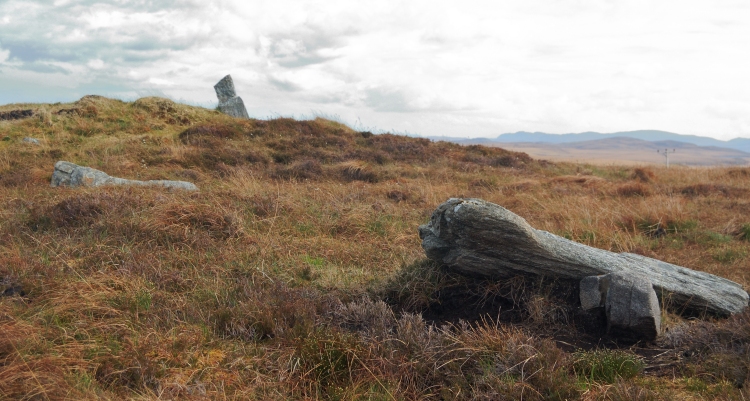
The crofters told us that, in the village of Achmore, about 6 miles away, another crofter reckoned that he was gradually uncovering a stone circle as he cut his peat bank (for fuel) each year. The previous tenant had thought this, back in the 1930s, but no-one had taken any notice of him.
So we went across to have a look. There was one broken, erect stone, about a metre high, and several other suspiciously megalithic-looking stones lying around on the lower level from which peat had been removed. These were investigated and eight prone slabs were identified, each with probable former packing stones around one end.
We measured and plotted the stones and found that they lay on an arc. We extended the arc into a circle, about half of which was on the higher level where peat had not yet been cut.
In the absence of modern geophys, we probed this arc with a graduated metal rod and located six areas where there appeared to be stone below the surface. This area being in open moorland, we only needed the approval of the Achmore Grazings Committee before making keyhole excavations in the peat. Four more megaliths were found, between half and one metre below the surface, also some groups of packing stones. All nineteen features lay quite clearly on a true circle, diameter 41 metres.
We self-published a full report on this in December of the same year. bigger task.)
Professional archaeologists taken to see the site had no difficulty in recognising this as a stone circle. In due course (over 3 years later, after I had left Lewis) the site was scheduled as an Ancient Monument, and it is included in Burl's 2nd edition. As far as I know, no further studies have been carried out and it is still there, little known about, in the peaty moorland.
Note: RIP Margaret Curtis, Callanish researcher extraordinaire. She passed away at the hospital in Stornoway last Saturday. We commemorate her by highlighting one of her many discoveries, this previously unrecorded stone circle. You would be very welcome to post tributes and memories here
You may be viewing yesterday's version of this page. To see the most up to date information please register for a free account.
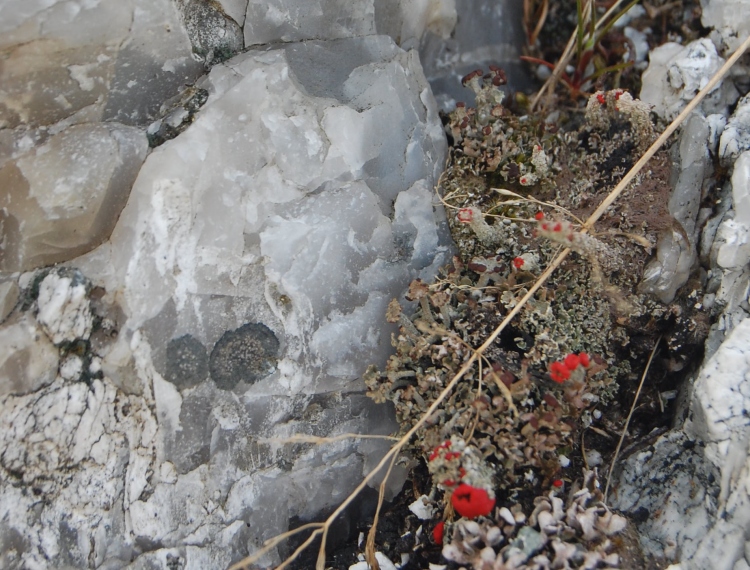
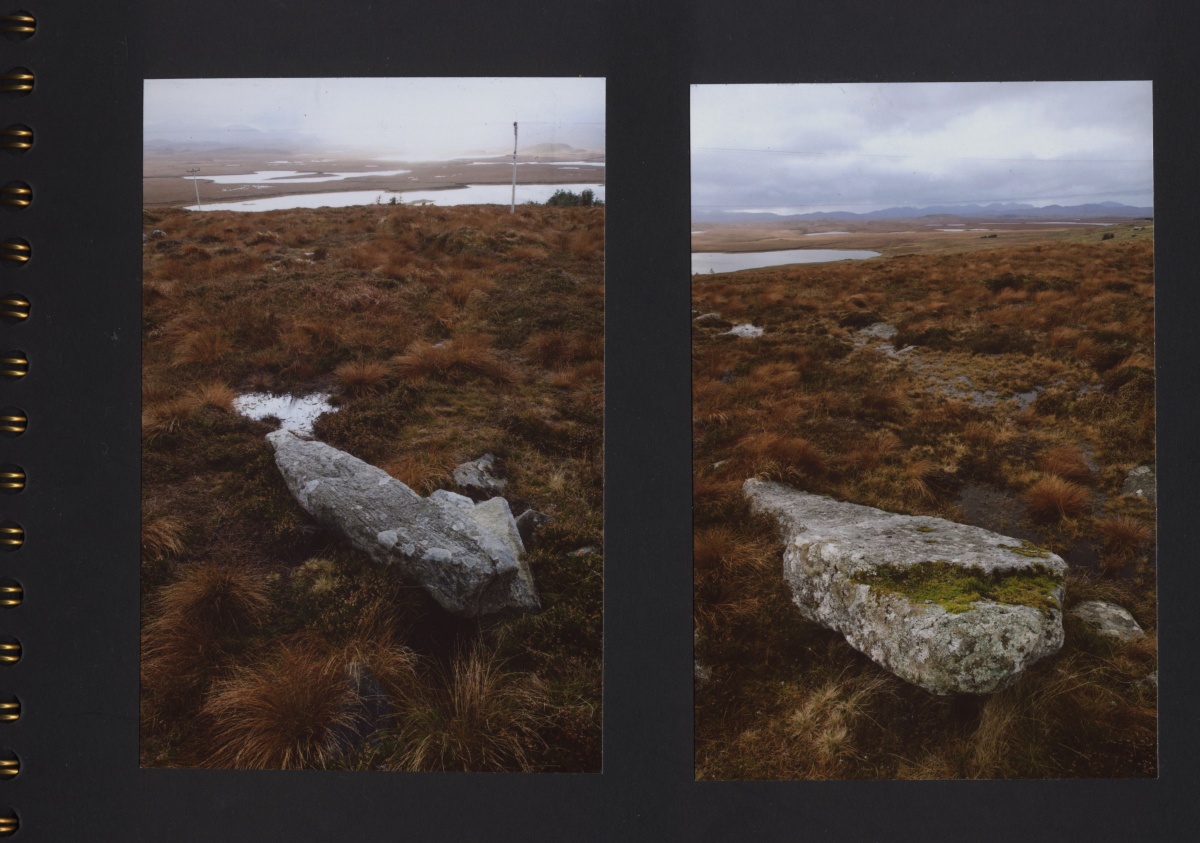
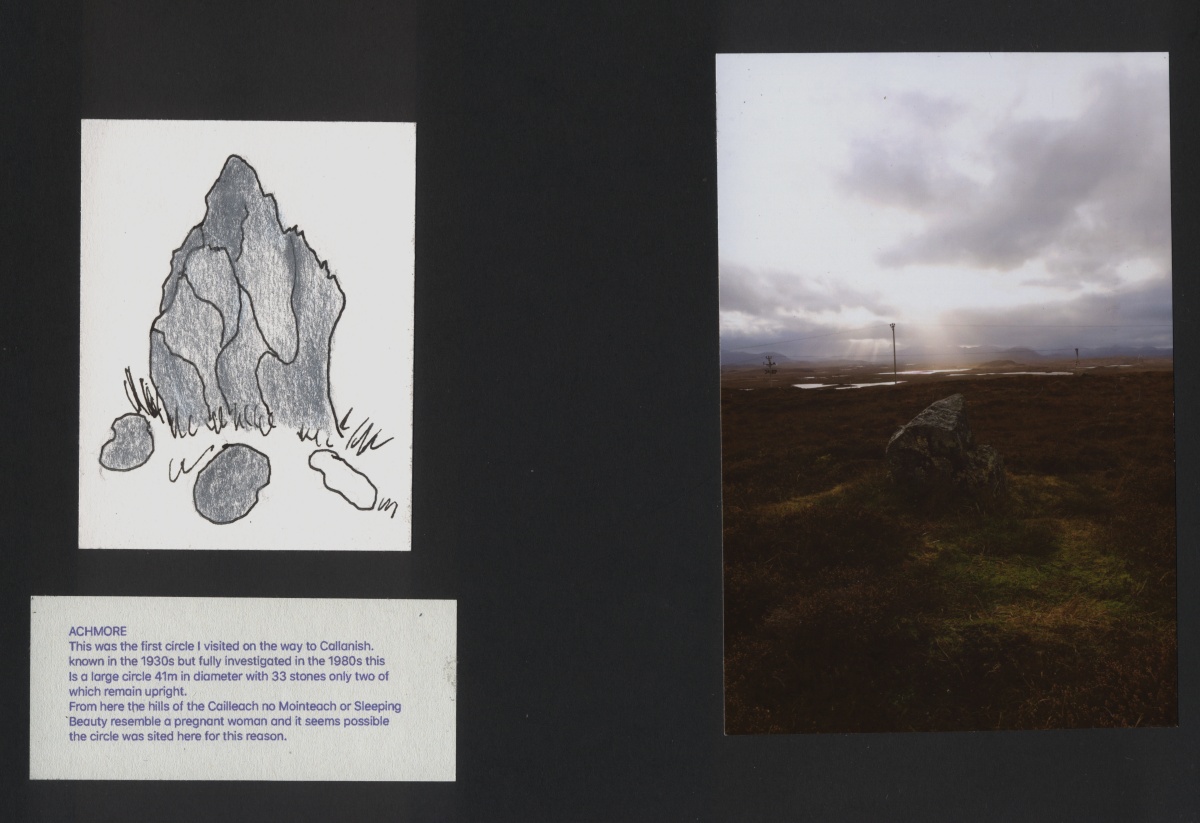
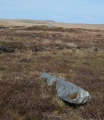
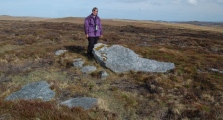
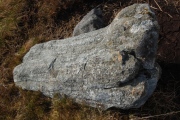


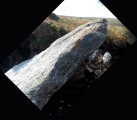
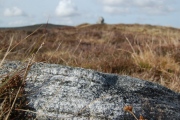
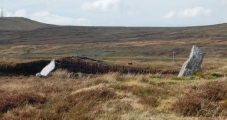

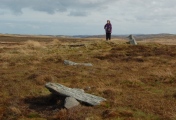

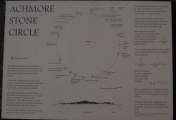


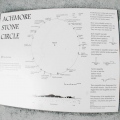
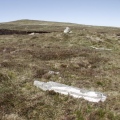

Do not use the above information on other web sites or publications without permission of the contributor.
Click here to see more info for this site
Nearby sites
Key: Red: member's photo, Blue: 3rd party photo, Yellow: other image, Green: no photo - please go there and take one, Grey: site destroyed
Download sites to:
KML (Google Earth)
GPX (GPS waypoints)
CSV (Garmin/Navman)
CSV (Excel)
To unlock full downloads you need to sign up as a Contributory Member. Otherwise downloads are limited to 50 sites.
Turn off the page maps and other distractions
Nearby sites listing. In the following links * = Image available
6.6km ENE 75° Druim Dubh* Stone Circle (NB382305)
7.1km W 275° Callanish 6* Standing Stones (NB24653034)
7.3km W 266° Callanish 18* Standing Stone (Menhir) (NB24402923)
8.3km W 271° Callanish 5* Stone Row / Alignment (NB23432990)
8.4km W 269° Callanish 9* Standing Stones (NB233297)
8.5km WNW 285° Callanish 17* Stone Circle (NB237320)
8.6km W 272° Callanish 7* Ancient Mine, Quarry or other Industry (NB232302)
8.8km W 274° Callanish 4* Stone Circle (NB2298830412)
9.4km WNW 283° Cnoc Fillibhir Mhor* Stone Row / Alignment (NB22683207)
9.5km NE 55° Loch Airidh Na Lic* Crannog (NB39923410)
9.6km WNW 288° Callanish 14* Standing Stone (Menhir) (NB228329)
9.8km WNW 293° Callanish 10* Stone Circle (NB22973362)
9.8km WNW 287° Callanish 3* Stone Circle (NB2251532710)
10.0km WNW 285° Loch Roag Timber Circle (NB222325)
10.1km WNW 286° Callanish 2* Stone Circle (NB2221432614)
10.6km WNW 287° Callanish 19* Stone Circle (NB218331)
10.7km SSW 192° Cnoc nan Clach (Hillock of Stone)* Cairn (NB2886718971)
11.0km NE 54° Priest's Glen* Stone Circle (NB41103516)
11.1km WNW 286° Callanish* Stone Circle (NB2129833013)
11.1km WNW 286° Callanish I* Stone Circle (NB2128633009)
11.3km WNW 291° Callanish 13* Standing Stones (NB215341)
11.3km WNW 295° Olcote Kerbed Cairn* Cairn (NB2179634733)
11.3km WNW 290° Callanish 16* Standing Stone (Menhir) (NB213338)
11.4km WNW 300° Callanish 11* Standing Stone (Menhir) (NB22233569)
11.5km NE 52° Benside Newmarket* Stone Circle (NB4129735652)
View more nearby sites and additional images

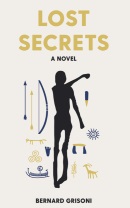

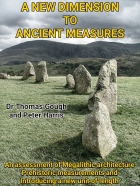

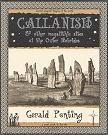
 We would like to know more about this location. Please feel free to add a brief description and any relevant information in your own language.
We would like to know more about this location. Please feel free to add a brief description and any relevant information in your own language. Wir möchten mehr über diese Stätte erfahren. Bitte zögern Sie nicht, eine kurze Beschreibung und relevante Informationen in Deutsch hinzuzufügen.
Wir möchten mehr über diese Stätte erfahren. Bitte zögern Sie nicht, eine kurze Beschreibung und relevante Informationen in Deutsch hinzuzufügen. Nous aimerions en savoir encore un peu sur les lieux. S'il vous plaît n'hesitez pas à ajouter une courte description et tous les renseignements pertinents dans votre propre langue.
Nous aimerions en savoir encore un peu sur les lieux. S'il vous plaît n'hesitez pas à ajouter une courte description et tous les renseignements pertinents dans votre propre langue. Quisieramos informarnos un poco más de las lugares. No dude en añadir una breve descripción y otros datos relevantes en su propio idioma.
Quisieramos informarnos un poco más de las lugares. No dude en añadir una breve descripción y otros datos relevantes en su propio idioma.